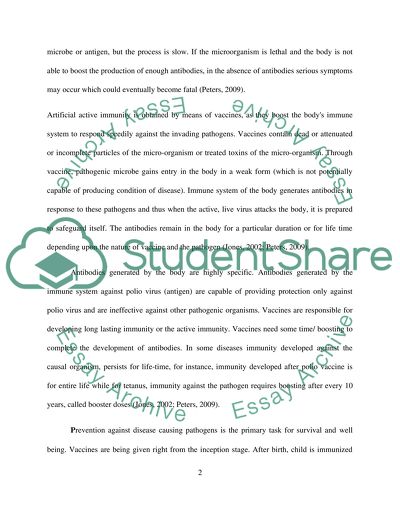Cite this document
(“What are vaccines and what is their purpose Essay”, n.d.)
Retrieved from https://studentshare.org/health-sciences-medicine/1490602-what-are-vaccines-and-what-is-their-purpose
Retrieved from https://studentshare.org/health-sciences-medicine/1490602-what-are-vaccines-and-what-is-their-purpose
(What Are Vaccines and What Is Their Purpose Essay)
https://studentshare.org/health-sciences-medicine/1490602-what-are-vaccines-and-what-is-their-purpose.
https://studentshare.org/health-sciences-medicine/1490602-what-are-vaccines-and-what-is-their-purpose.
“What Are Vaccines and What Is Their Purpose Essay”, n.d. https://studentshare.org/health-sciences-medicine/1490602-what-are-vaccines-and-what-is-their-purpose.


